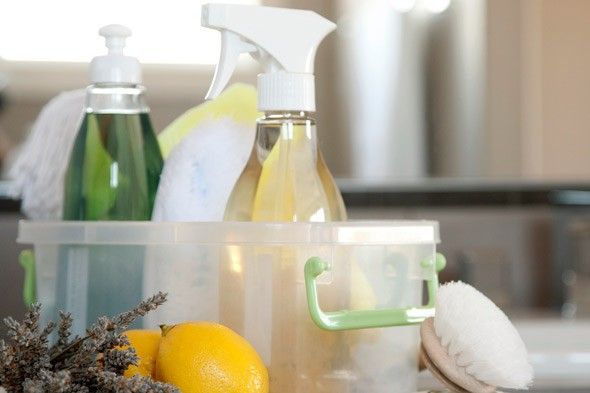Running A Cost-Effective, Eco-Friendly, Energy-Efficient Kitchen
In most houses, the kitchen is inarguably the hub of the home. While the living room may be the room designated for relaxing and socializing, it is usually the kitchen that sees the most traffic throughout the day. After all, at least three times a day (breakfast, lunch, and dinner) the kitchen is visited by family members.
With all the appliances, lighting, and activity going on in this one room, the kitchen is also one of the most energy-consuming areas of your home. And if you’re concerned with running an eco-friendly, energy-efficient, and cost-efficient house (as you should be), you’re going to have to go the extra mile to ensure you’re doing all you can to ensure a green kitchen.
But don’t panic just yet, because operating a happy green kitchen is actually easier than you think! And to make things even easier for you, we’ve compiled a list of the top 5 ways you can convert your kitchen to a green one. Good luck and think green!
1. Use Energy-Efficient Energy Star Rated Appliances
This one is a no brainer! When you’re on the market for an appliance, make sure your machine is carrying the Energy Star symbol. All Energy Star-rated appliances are EPA-approved to be 10-20% more efficient and use less energy, which are both better for the environment and your wallet. Also, make sure to have your appliances checked out yearly using a maintenance program (like our Preventative Maintenance Plan) for deterioration or build-up that could be causing your appliances to lag or use up extra energy.
2. Maximize Natural Lighting & Minimize Incandescent Lighting
If you have plenty of windows in and around your kitchen area, chances are you’re getting a good dose of natural light from the sun throughout the daytime. Utilize this free, natural resource by keeping synthetic lighting off during the day and installing a skylight above your kitchen if you can. For nighttime lighting, be sure to replace your incandescent lighting with compact fluorescent lighting which uses less energy to run and produces less heat.
3. Think Green When Getting Ready To Clean
Most cleaning products we use in our kitchens are chock full of harsh chemicals and toxins. These chemicals are being wiped on our counters, soaking our plates and cups, and are being sprayed into the air. We breathe them in and absorb them through contact both direct and indirect. (Not to mention there’s a good chance they’re getting all over our food! Yuck!) These chemicals are not only bad for us, but they’re bad for the environment also. Choose natural, non-toxic cleaning products (you can even use things like baking soda and vinegar) to clean your countertops, kitchen windows, floor, dishes, and hands. Your body (and planet) will thank you!
4. Recycle and Reuse
It seems convenient and quick to use paper or plastic plates, cups, and cutlery instead of having to wash dishes. After all, you can just throw out the dirty dishes when you’re done! But what’s not so convenient is how much money is wasted on packages of throwaway dishware. (Not to mention all the paper that is wasted and the plastic that has to be produced!) If you’re going to use throwaway items, make sure to recycle them after use to give these items a second life. You might also want to consider using more eco-friendly, organic disposable products, like ones made from bamboo or palm leaves which decompose in under 60 days. But for the most part, try to use non-disposable dishware that you can reuse time and time again. (Another tip: Running a cycle on a fully-stocked dishwasher uses less water than individually washing dishes by hand – score!)
5. Eat Local Produce and Organic Foods
The food you find in your supermarket typically travels hundreds to thousands of miles to reach your town. The trucks carrying your food are using hundreds of gallons of gas and emitting tons of ozone-depleting carbon dioxide into the atmosphere. These non-local foods are also not optimal for our digestive systems as they may contain allergens from the environments in which they were grown. When you purchase locally grown produce and locally sourced meat, poultry, and dairy, you are helping to stimulate the local economy and keep your neighbors’ businesses running. These fresh foods are much better for your diet and use less money and energy to transport. Also, opt for organic when you can – organic foods do not contain harsh pesticides or antibiotics (meat) that are unhealthy for you.
These are just a handful of the different ways you can save money, save energy, and save the planet right from your own kitchen. Looking for more ways to make a difference? Check out this Good Housekeeping article with even more tips and design tricks for running an eco-friendly, energy-efficient kitchen.
Do you use any of these techniques in your own home? What are some other ways you run an eco-friendly kitchen?



